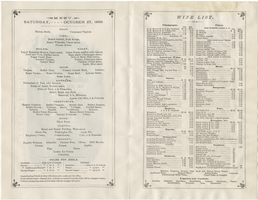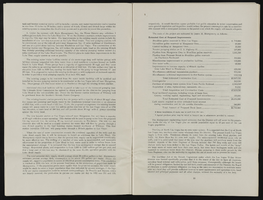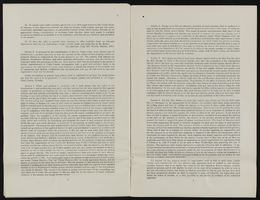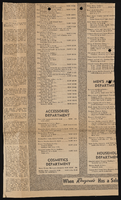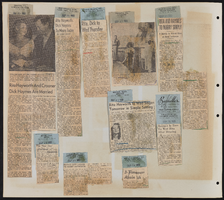Search the Special Collections and Archives Portal
Search Results
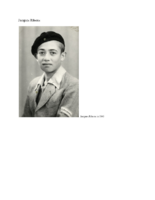
Biographical essay by Jacques Ribons, 2014
Date
2014
Archival Collection
Description
Jacques Ribons describes his life during the Nazi occupation of Poland. During the liquidation of the Jewish ghetto, his family decided to turn themselves in to the Germans. They were sent to a prison and separated. He and his brother survived and went to France with the OSE, and came to the United States in 1947.
Text
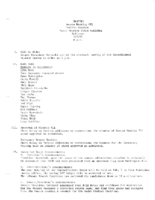
Meeting minutes for Consolidated Student Senate, University of Nevada, Las Vegas, February 02, 1982
Date
1982-02-02
Archival Collection
Description
Includes meeting agenda and minutes. CSUN Session 12 Meeting Minutes and Agendas.
Text
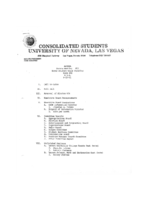
Meeting minutes for Consolidated Student Senate, University of Nevada, Las Vegas, August 18, 1981
Date
1981-08-18
Archival Collection
Description
Includes meeting agenda and minutes. CSUN Session 11 Meeting Minutes and Agendas.
Text
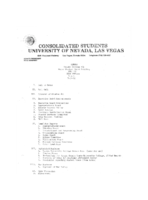
Meeting minutes for Consolidated Student Senate, University of Nevada, Las Vegas, July 14, 1981
Date
1981-07-14
Archival Collection
Description
Includes meeting agenda and minutes. CSUN Session 11 Meeting Minutes and Agendas.
Text

Economic Opportunity Board of Clark County (Nev.): memos, agendas, and meeting minutes
Date
1968-07-02 to 1968-12-04
Archival Collection
Description
From the Clark County Economic Opportunity Board Records -- Series I. Administrative. This folder contains memos, agendas and minutes from meetings of the Clark County Economic Opportunity Board from July 1968 through December 1968
Text
Pagination
Refine my results
Content Type
Creator or Contributor
Subject
Archival Collection
Digital Project
Resource Type
Year
Material Type
Place
Language
Records Classification

